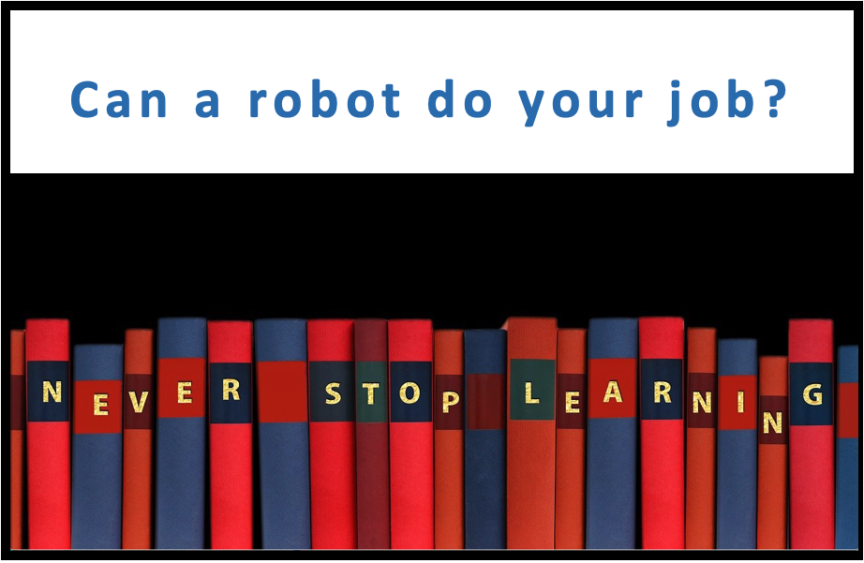Analysts tend to look at the numbers when it come to inkjet. How much does it cost? How much can you print? How much can you save? How many print operators can you replace? Except for the latter, sometimes unfortunate statistic, people don’t come into the discussion nearly enough.
A couple of weeks ago, I wrote about I.T. Strategies’ research on how current pandemic-induced labor restrictions, the age characteristics of the offset workforce (not young folks) and projections of future labor shortages were working together to drive more automation into all aspects of the print market. Analysts think about what that means for businesses, but what does that mean for the actual people affected by these changes?
On the one hand, highly automated presses mean that companies may not need highly skilled people to run the press. On the other hand, it can be hard to keep a position filled if there is nothing to do but push a button and wait. The flip side of a more automated environment is a requirement to take a long view of staffing, training and creating a career path.
Keep in mind that one size does not fit all. Take a group of people who all do the same job and you will find a wide mix of skill sets, motivations and varying levels of ability in cross training. Most people are motivated by one or more of the following, but surprisingly the priorities can be very different:
- Making more money
- Gaining rank or status
- Learning new things
- Job security
I have managed people who only cared about status and moving up the ladder to “be the boss of somebody,” plenty who only cared about the paycheck and others who didn’t care much about the first two if they could keep learning new things and be interested and challenged at work (gotta love those people). Often it’s more of a balance and people want enough training to make sure that they don’t become obsolete.
It may seem hard to fathom that we could be facing labor shortages in a year when so many people have been unemployed or underemployed, but it’s coming and the time to plan is now. Think about the people on your team that you really want to keep and also how you will attract more of those people in the future. How will you cross train people and create retention programs and career paths? Think about ways to:
- Allow technically minded people to work with more types of equipment.
- Possibly move more maintenance responsibilities in house.
- Create a software oriented technical path where “operators” can handle more upstream responsibilities.
- Create “non-management” promotions that allow people to advance without managing other staff (not all great talent makes great management!)
- Allow team members to play more positions and learn new skills.
- Constantly evaluate who can play a client-facing role. Don’t waste talent who can represent the company well. It elevates them and elevates you.
I remember my first start-up and competing with (pre-bubble) Internet companies for staff. Someone interviewing for the receptionist position asked if she would get stock options day one. We may be getting to those kinds of labor shortages within 5 years. The way to be competitive and maintain good staff then, is to be a great place to work now.

